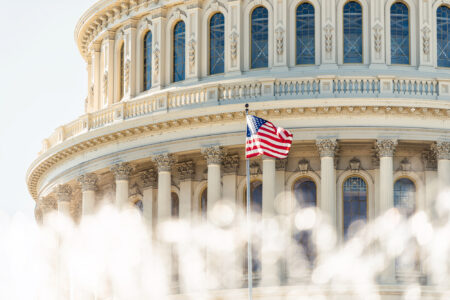Employee Benefits
From attraction
to retention.
IMA comes alongside you to create the best environment for your employees to thrive. We help you stay on top of trends, policies, and analytics around your workspace.


Why IMA Benefits
Strengths uncovered. Plans optimized.
Align priorities to cultivate success.
We understand the challenges of aligning your employee benefits program with both organizational objectives and workforce needs. That’s where we come in. We ask the questions that matter, ensuring your vision and priorities are heard, understood, and reflected in every recommendation we make.
Empower you and your people.
We do more than just provide benefits. We partner with your HR teams to craft a comprehensive, multi-year benefits plan that leverages data analytics to tailor your plan to your unique workforce. Together, we create an empowering environment where employees actively shape and own their well‐being journey.
Beyond today, building tomorrow.
Your organization’s future is bright, and your people are the fuel that drives its success. But as you grow, your benefits plan needs to evolve with you. We don’t just reflect on past successes, we partner with you to build a multi-year benefits plan that anticipates growth, measures what matters, and enhances year after year.
 Compensation Consulting
Compensation Consulting
 Compliance
Compliance
 Data & Insights
Data & Insights
 Employee Experience
Employee Experience
 Global Benefits
Global Benefits
 HR Technology
HR Technology
 Pharmacy
Pharmacy
 Retirement
Retirement
 Whole Health
Whole Health
With their expertise, they are problem solvers with high accountability. They are involved and an advocate to ensure our company is protected and our employees’ needs are well served. Their partnership has been important to our evolution and transformation.
–University President